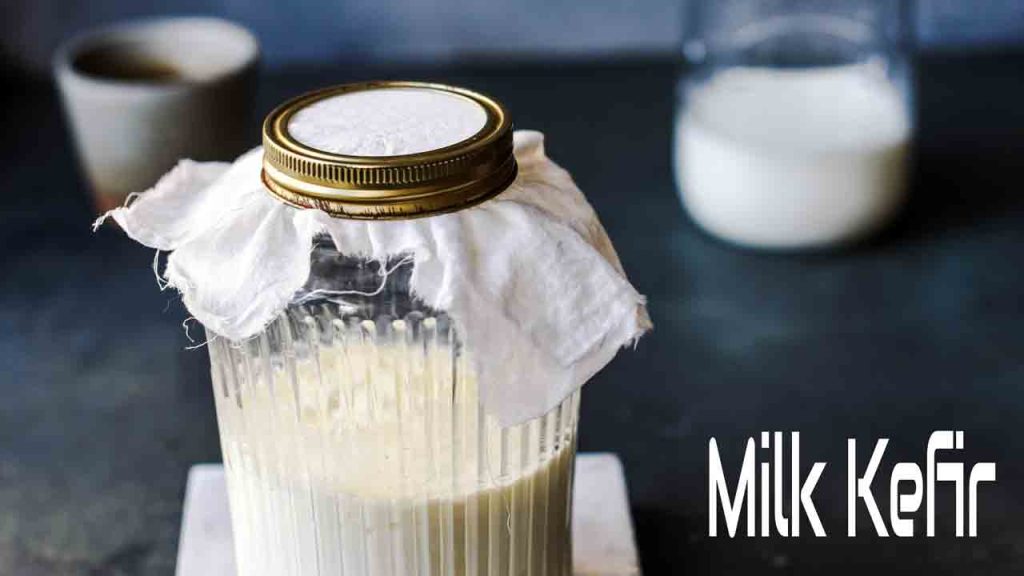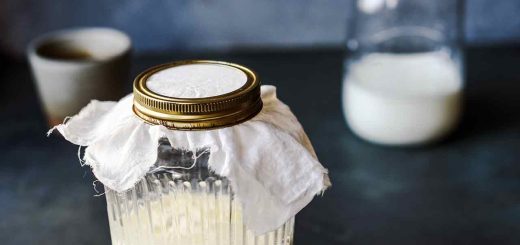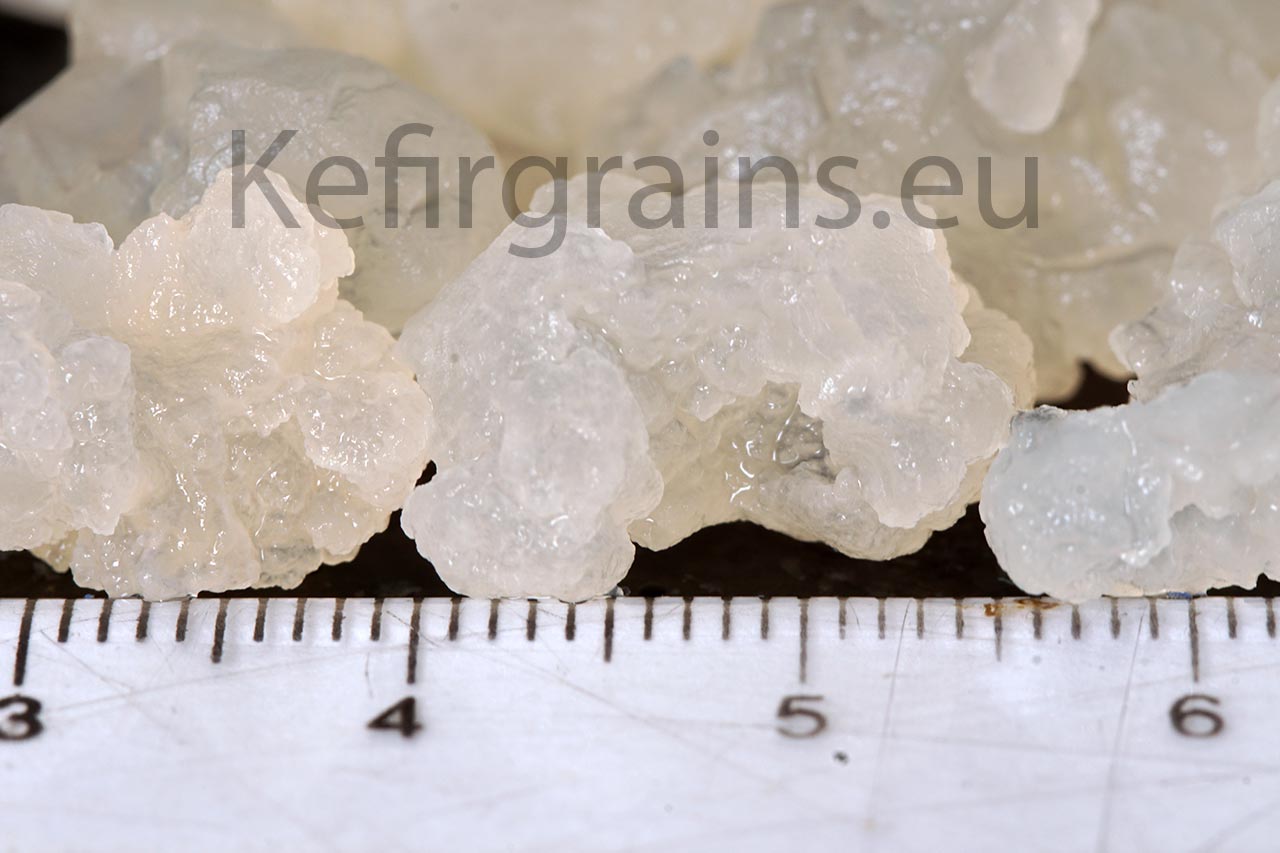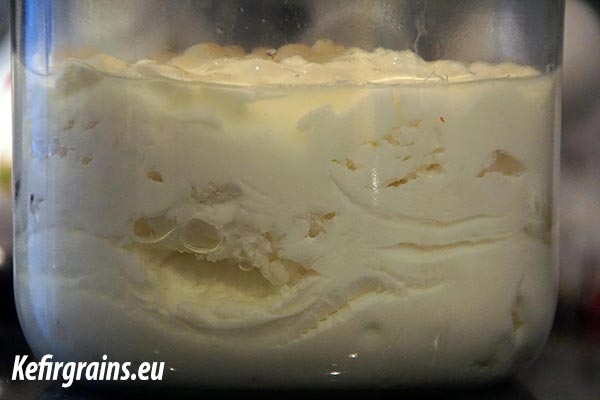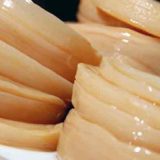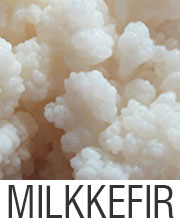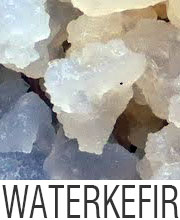All about making kefir with a freeze-dried starter
All about kefir starter cultures
Kefir is a probiotic drink known for its various health benefits. The healing qualities of kefir have been known since ancient times. It is a traditional health drink that is recommended to everyone. Many people prepare kefir at home. The trick to making kefir at home is using the proper starter culture. The starter culture is nothing but the kefir grains, which combine acetic acid bacteria, lactic acid microorganisms, and some beneficial yeast that work in a symbiotic relationship with each other. The metabolic product that results from the fermentation of these organisms is responsible for the probiotic quality of the kefir.
The probiotic organisms found in kefir live inside the intestine of human beings and protect the body from several harmful pathogens. This way, the body is detoxified, strengthening the immune system.
The ingredients of the starter culture:
The organisms that constitute the starter culture are Lactococcus species, Lactobacillus species, Saccharomyces species, and Candida species.
Storing the starter culture:
Here are some of the ways by which you can store the starter culture:
- The temperature where the culture is kept should be between 0-10 degrees Celsius.
- Each box of the starter culture can contain up to ten small 1-gram foil packets of culture.
- Once you open a foil packet, you should not store the remaining starter culture.
Steps for making kefir:
- It is best to use pasteurized milk for making milk kefir. If you decide to use raw milk, heat it at 63 degrees Celsius and then cool it down to about 24 degrees Celsius.
- Add the starter culture to the milk and then stir it properly.
- After stirring it well, you should keep the mixture undisturbed at 24-29 degrees Celsius for 14-16 hours.
- Lastly, put the mixture in the refrigerator until it cools to 10 degrees Celsius. Don’t stir the mixture.
After following the simple four steps, you will get the final product called kefir. The quality of the kefir depends upon the milk you are using. The milk should be fresh and pasteurized. If you are unsatisfied with the final product, you can use another milk brand.
If you are thinking of preparing kefir many times, you can use the final product as the starter culture. You can add about two tablespoons of the final product to one liter of milk. In this case, fermentation would take 2-3 hours less.
What is the best kefir starter?
Kefir powder (a freeze-dried starter or straight-set Kefir starter) is a powdered culture with kefir strains of beneficial bacteria and yeasts. When you combine it with dairy milk, it ferments and produces kefir. The resulting kefir can generate new batches, but not indefinitely, even if you manage it with care for longer than you might require. After a few sets, the culture is usually weakened, so the kefir does not turn out. Then a new freeze-dried powder sachet is mixed with milk, and the process is repeated, which might be advantageous if you want to change the culture and choose a different starter.
Where to buy the best kefir grains?
Choosing the best Kefir Grains for money is never easy, especially when there are many possibilities. And, to help you narrow down your Best Kefir Grains search, we’ve compiled a list of the Best Kefir Grains to Buy. We have also published our blog’s Ultimate Buying Guide for Kefir Grains. So, let us go into the issue to learn more about Kefir Grains and its product features. We no longer need to go outside to acquire kefir grains and waste valuable time looking because of the eCommerce market.
Is there a difference between milk kefir grains?
Although all kefir grains are similar, they are not the same. Kefir differs from one to the next in the same way that all persons are human, but no two are the same. Some kefir grains ferment faster than others, and some are more acidic, sweet, or effervescent.
How quickly do the grains of milk kefir multiply?
If you place the kefir grains in the fridge, the fermentation process that usually takes 24 hours may take 3-5 days. Similarly, the identical scenario could take a half day (12 hours) in a hot environment.
What kind of milk works best for making kefir?
Animal milk is the best method of making kefir. Any milk, whether cow’s milk, goat’s milk, or sheep’s milk, is appropriate. Animal milk supplies all the nutrients for your kefir grains (or powder form starter) to convert to kefir.
Where can I get kefir grains?
The most straightforward approach to obtaining fresh kefir grains is to obtain them from a friend who is already producing kefir at home. They can also be ordered online, but they must be transported quickly and promptly put in fresh milk upon delivery, or else they will become disturbed and perish owing to a lack of food (milk).
